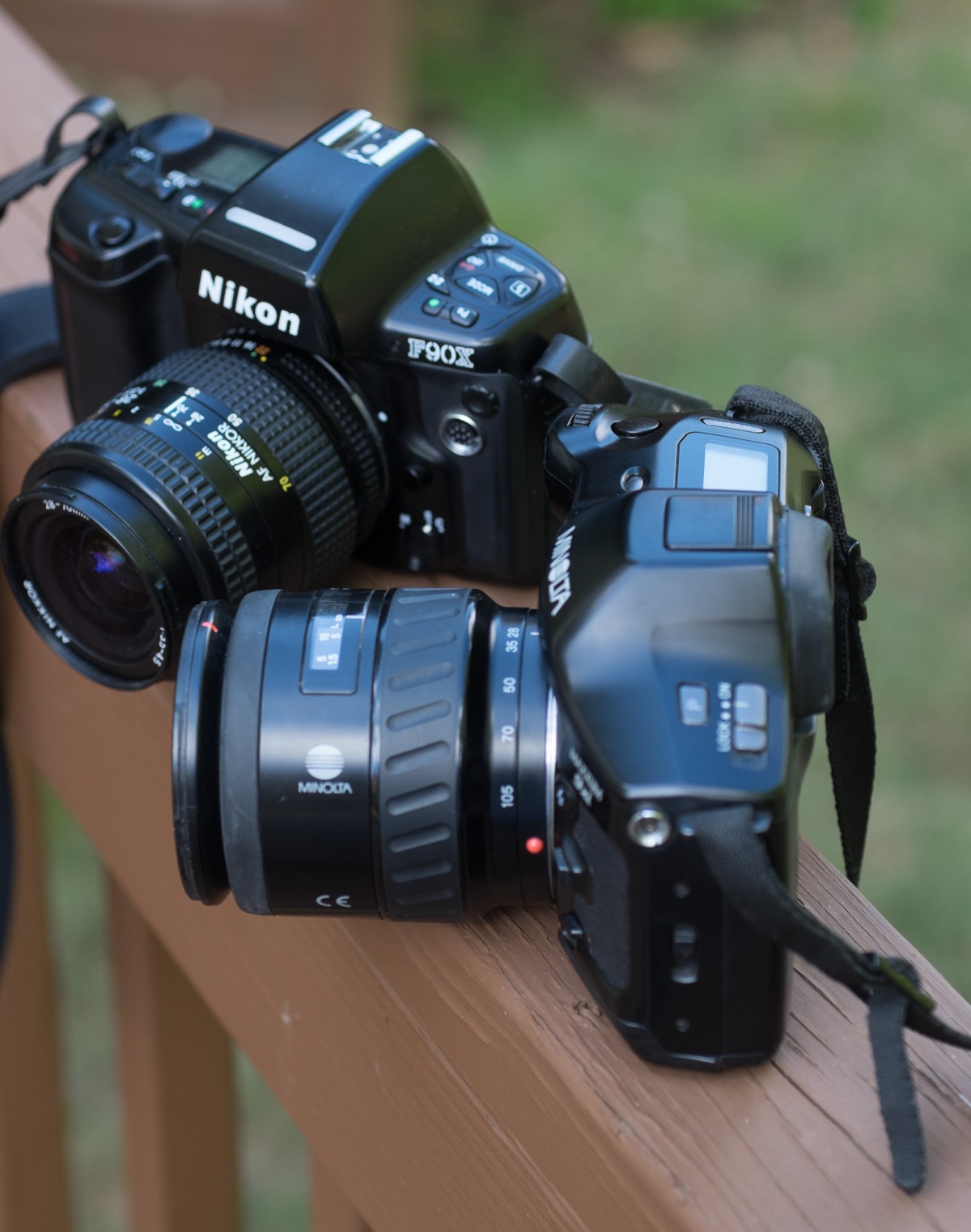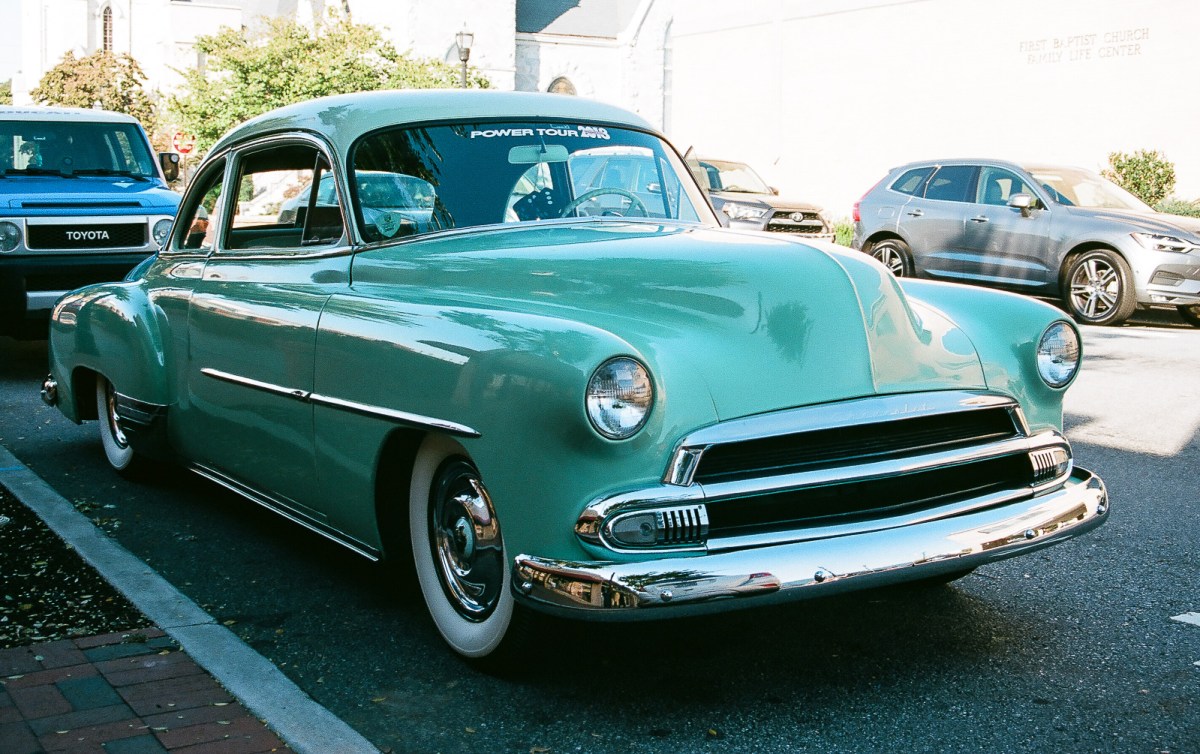The first pair of Canon EOS bodies (the “enthusiast” EOS 650 and the “prosumer” EOS 620) came relatively late to the autofocus SLR party (2 years after the Minolta 7000 and one year after Nikon F501/N2020), but they were already very mature cameras – when you shoot with one of those early EOS cameras today, they seem so easy to use and so modern that you don’t even notice you’re shooting with 40 year old gear.
Before launching the EOS series, Canon had tried to convert its FD mount to auto-focus, but their first AF SLR, the T80, had been a technical and commercial failure. Canon had no choice but to adopt a more radical approach, and used their top of the line T90 body as the starting point for the development of two new revolutionary auto-focus cameras, the EOS 650 and 620. A new lens mount and a new line of lenses were launched at the same time. Contrarily to Minolta, Nikon and Pentax, Canon installed the auto-focus motor inside the lens. Most of the new Canon EF lenses launched at the time were equipped with a conventional micro motor, but the top of the line USM lenses were designed around a new type of motor, which promised incredible AF speed and total silence (it reads like an ad for Tesla ;-).
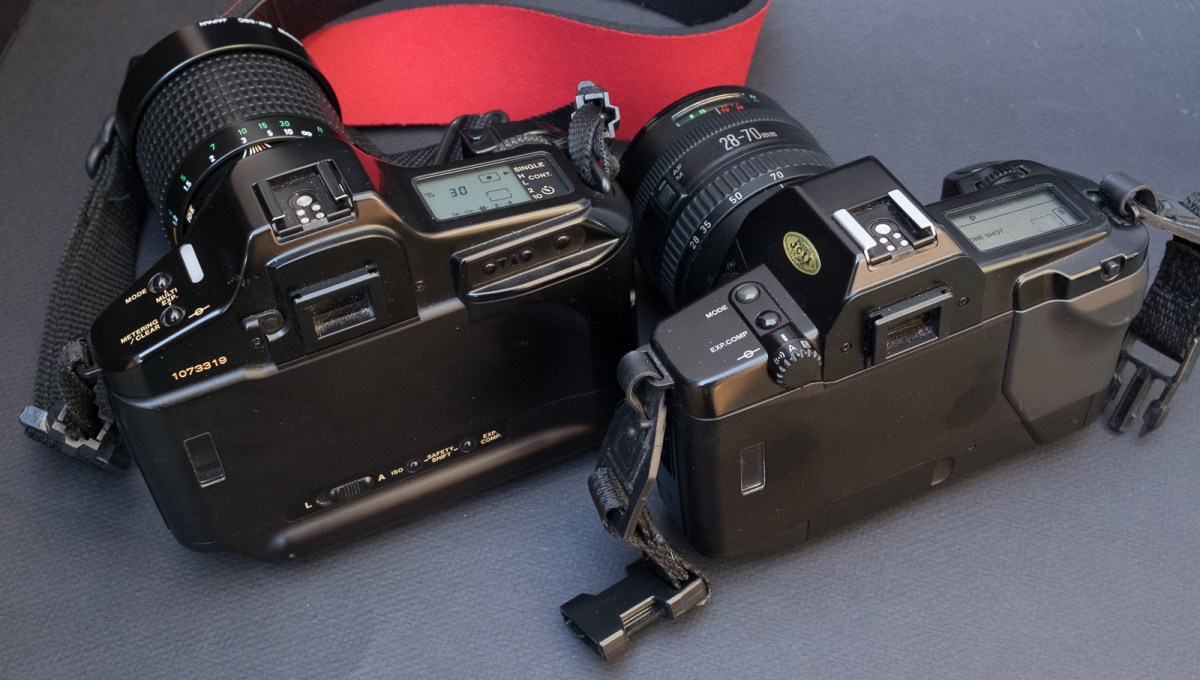
It was its USM technology that made Canon the leader of the photo equipment industry at the end of the eighties: it all started at the Seoul Olympic games in 1988: Nikon had planned to make a big splash with Pro Photographers with the introduction of the first modular Auto-Focus camera ever, the brand new F4. Canon had nothing comparable to show yet (their EOS 1 camera was still one year away), so they brought the most advanced body they had at the time, the EOS 620, and paired it with an EF 300mm f/2.8L USM lens. The Canon auto-focus combination ran circles around the conventional AF architecture of Nikon’s AF 300 f/2.8, and the pro market rapidly shifted towards Canon. Canon would retain its dominance in the pro market to this day.
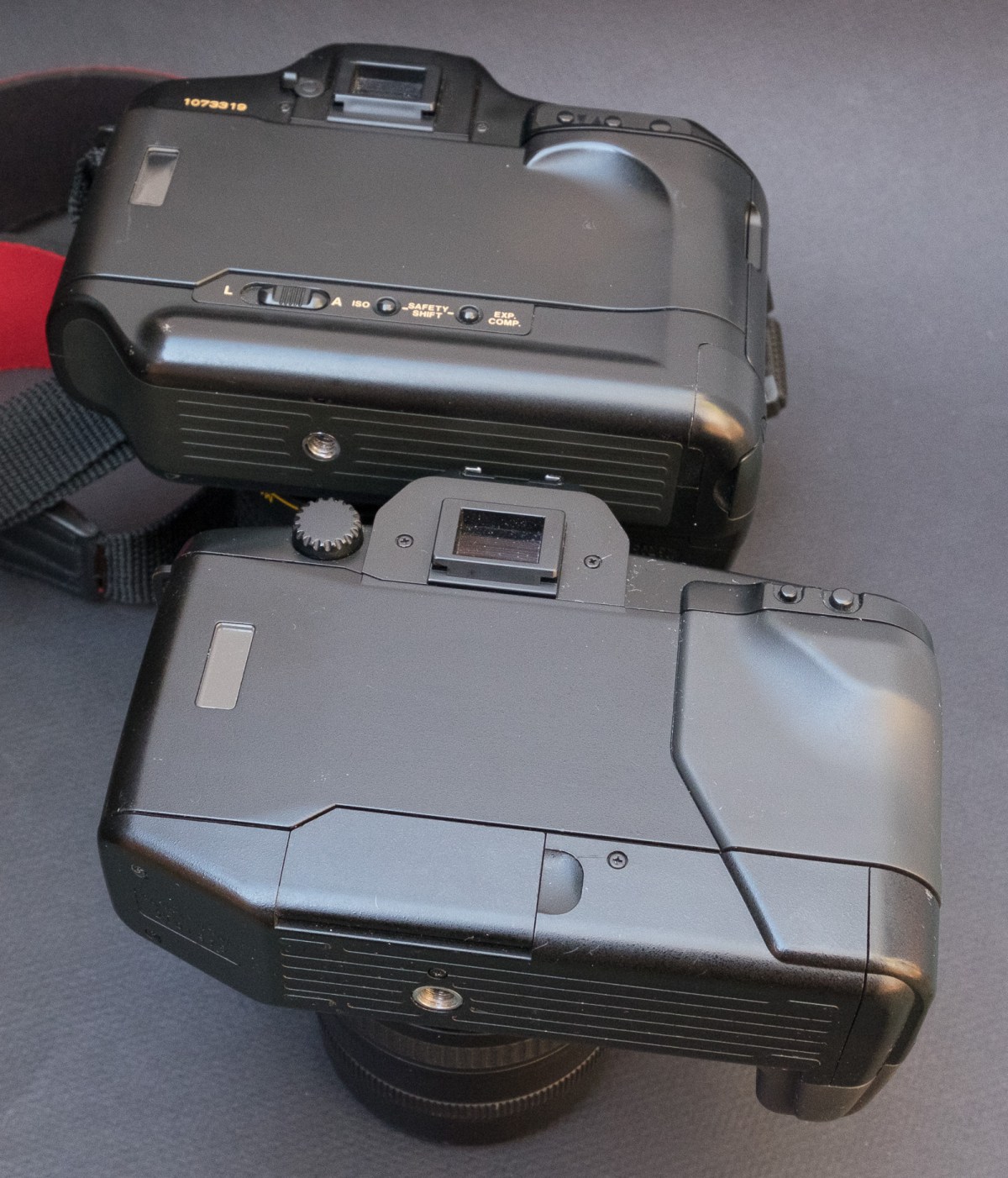
Both cameras do most things right, without being encumbered by a litany of settings and options. Of course the models that followed brought improvements to the autofocus performance and to the ergonomics (the famous Canon wheel at the back of the film door), but the EOS 620 and 650 set the standard for what a modal interface SLR should look like, and they were already so good that it can be argued that Canon had to fall into gadgetry (Eye Control Focus and Bar Code readers, remember ?) to keep the public interested in the EOS line over the following decade.
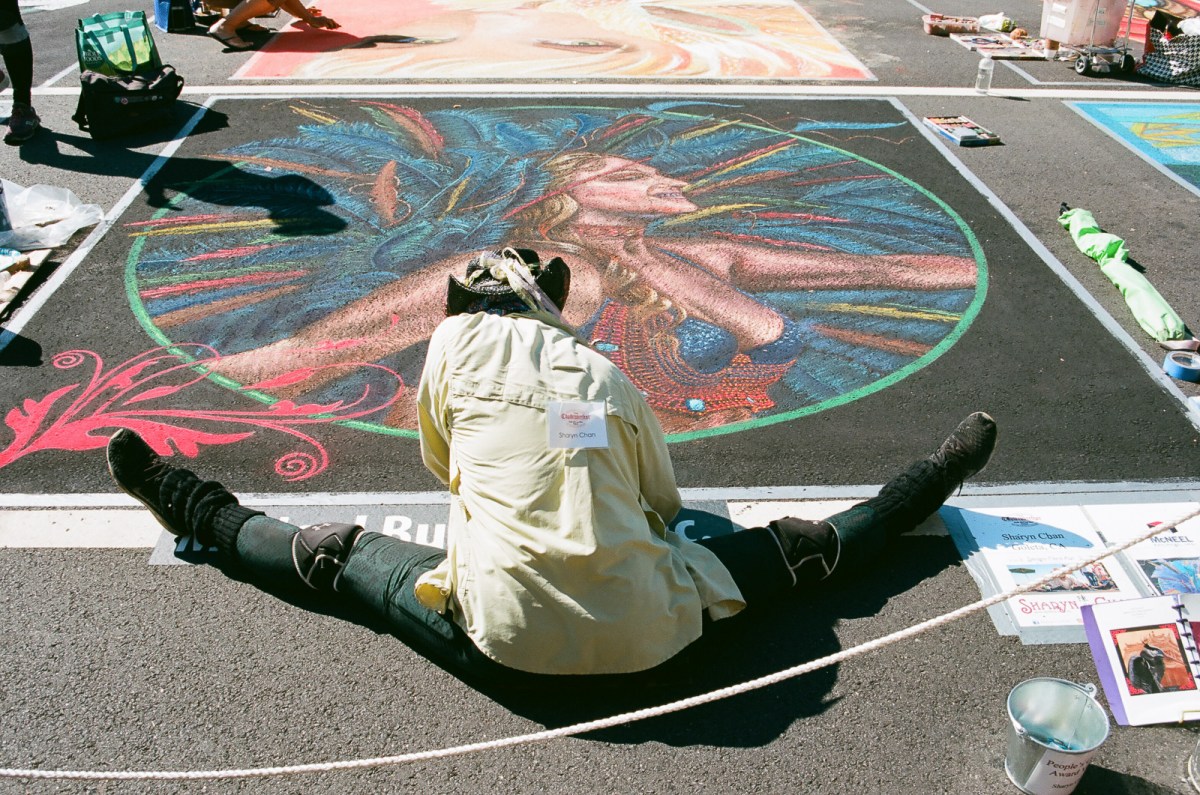
The two EOS models are differentiated primarily by their shutter (the EOS 650 has a conventional 1/2000 shutter with 1/125 flash sync speed, while the EOS 620 has a 1/4000 shutter with 1/250 sync speed). The EOS 620 also benefits from a backlit LCD on the top plate, its Program mode is “shiftable”, and it manages multiple exposures.
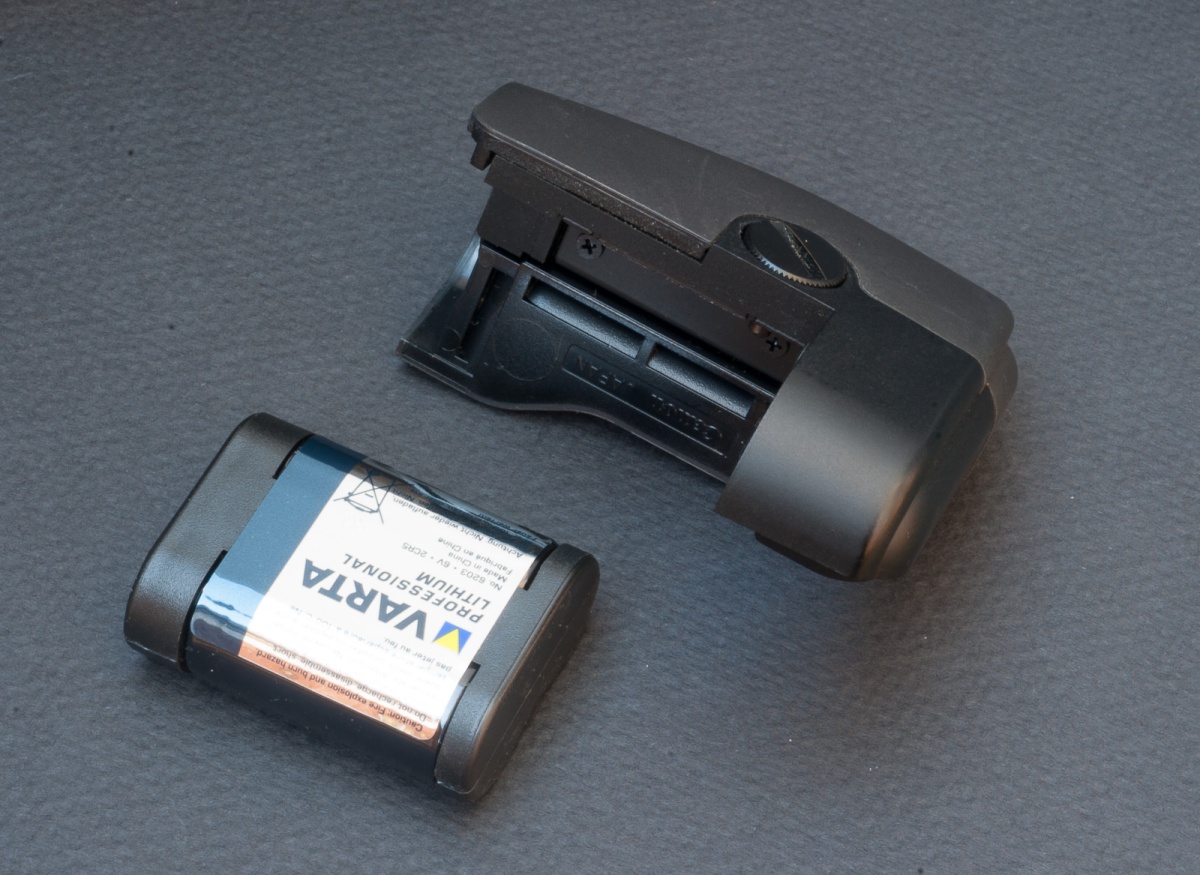
Surprisingly, and considering Canon’s reputation of superiority in the early auto-focus days, the EOS AF performance is not that great – probably because the 28-70mm lens I bought with one of the cameras was an early non-USM lens. The tiny, single zone auto-focus sensor is not very sensitive in low light, and the camera tends to hunt if it can not find vertical lines in the subject. Canon’ s USM technology can help with reactivity but won’t enlarge the sensor or make it better in low light.
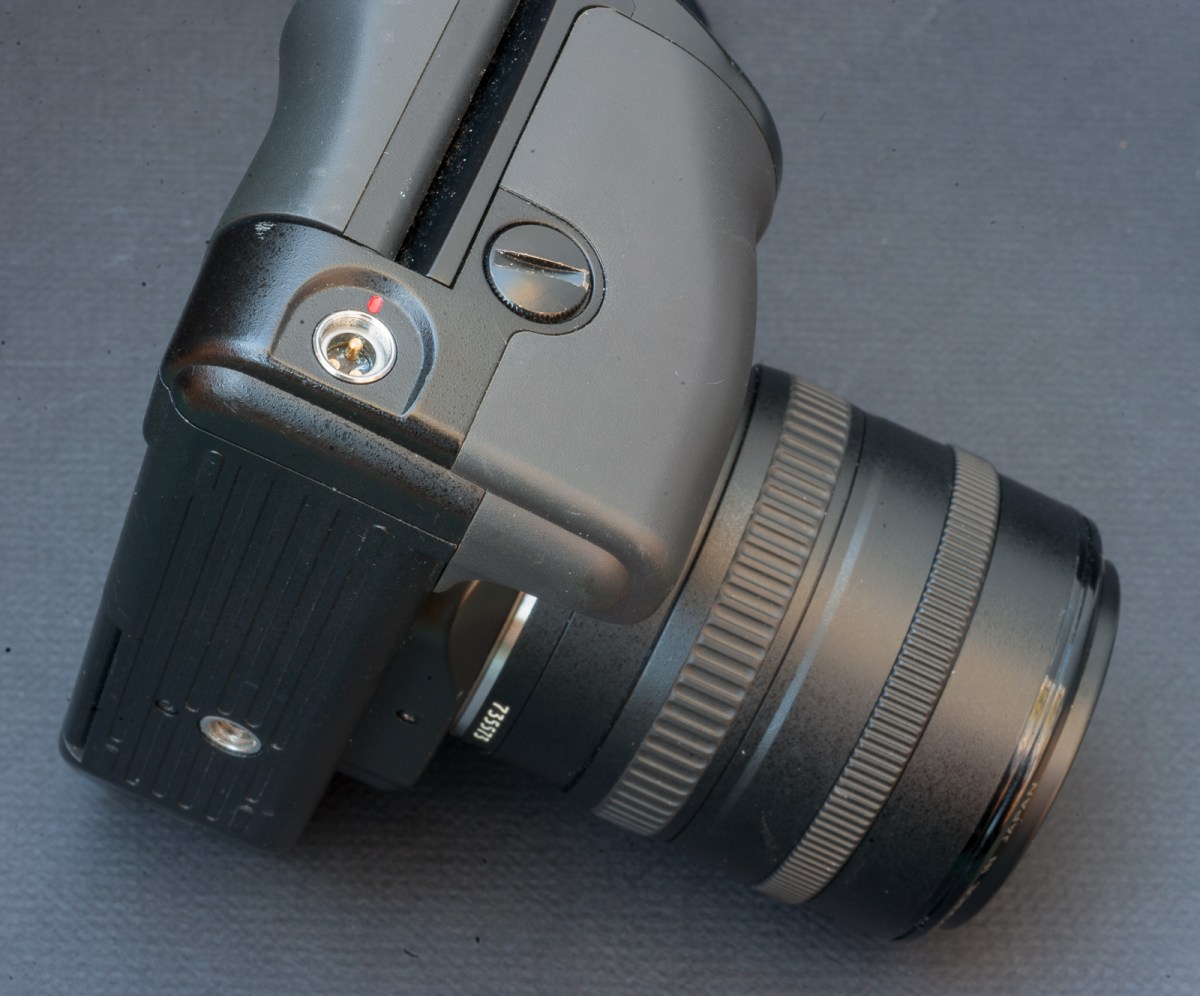
On the other hand, Canon’s first implementation of matrix metering was a success – and you can leave the camera in auto-exposure mode most of the time. Interestingly, none of those cameras has a true semi-auto exposure mode (in the “M” mode, you can set the shutter speed and the aperture any way you want, but the metering system of the body is inoperant).
The cameras are built out of good quality plastic – they feel substantive – even if they’re much lighter than the T90, in part because they’re using a lithium 2CR5 battery instead of heavier AAs of the T90. They have a pretty good viewfinder, large enough, clear enough, OKish for bespectacled photographers, have very few knobs or buttons but a large grip, and are easy to control.
They accept any Canon EF Lens made to this day, and thanks to adapters, can even work with older m42 screw mount lenses (they don’t work with Canon’s own FD lenses though).
They were produced in large quantities, and many seem to have survived. Because nobody loves early autofocus cameras, they’re extremely cheap ($5.00 to $7.00) and if you consider their performance, they offer an unbeatable price/performance ratio.

Conclusion: will I use them?
If you’re looking for an easy introduction to film photography, and want to be able to reuse the modern Canon EF lenses and accessories that you may already own, the Canon EOS 650 and 620 are great cameras. The 620 is marginally more capable, and since all early EOS cameras are now selling for the same low price, that’s the EOS 620 I would pick. You won’t find a better camera to shoot with film in that price range, and you will love the results. The camera is surprisingly competent and mature for a 1.0 version, and I’m not sure the gadget laden models that followed (EOS-10S with bar code readers, EOS 5/A2 with Eye Control focusing) will yield better results in the real life.
The Japanese camera industry has a tendency to work in cycles, with a big innovation every ten to fifteen years, followed by years of incremental improvements – until the next big thing makes the previous generation obsolete, and opens a new cycle of incremental improvements. Generally, during the first years following a big innovation, progress is rapid and the improvements really significant. And generally, after a few years, the pace of the changes slows down, the manufacturers end up promoting all sorts of useless features to keep the public interested in their products, until the next big thing arrives.
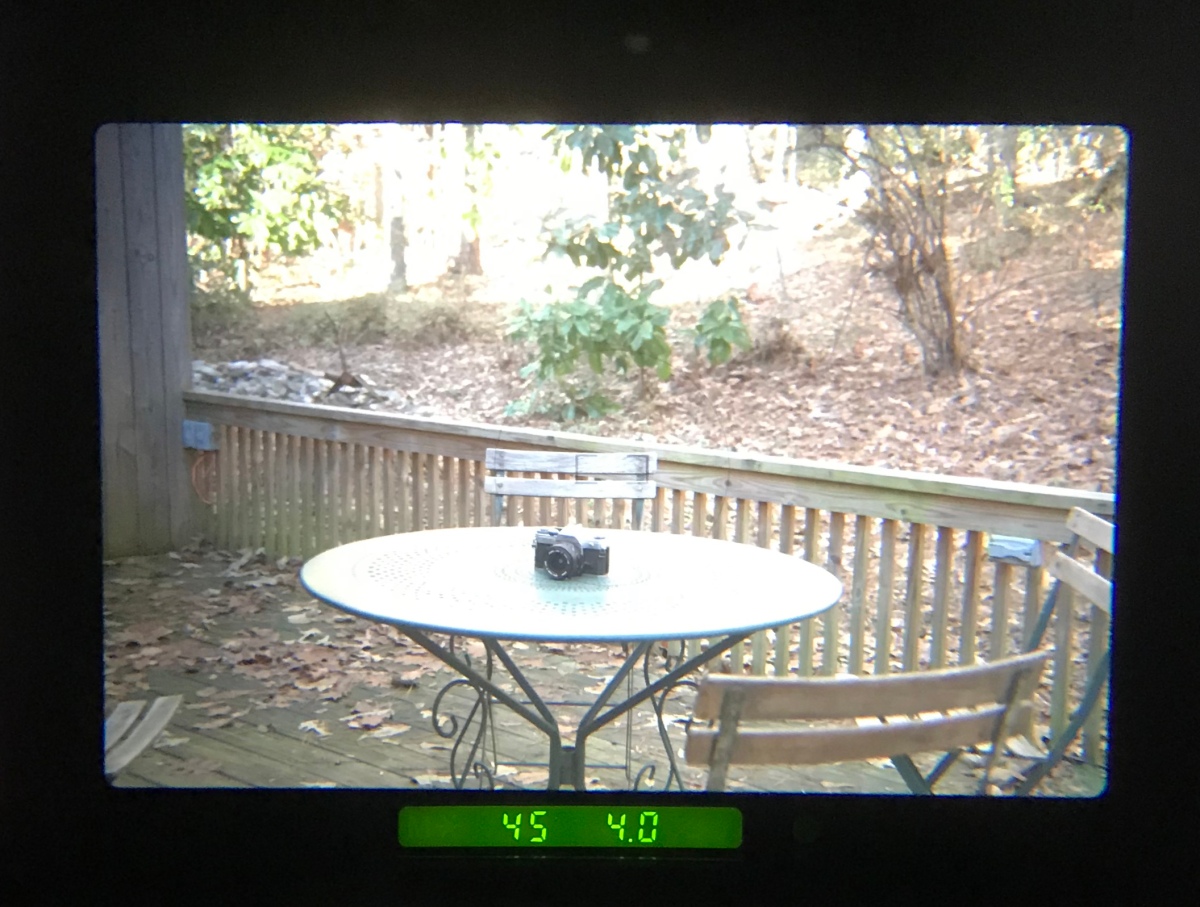
Normally, it takes more than a few years to reach the peak – but in the case of autofocus film SLRs, I’m wondering whether it was reached with the EOS 620, just two years after the launch of the Minolta Maxxum 7000. Of course, Canon (and others) would launch cameras with better autofocus systems (more zones, better low light sensitivity) and with a useful built-in flash, but the newer products were more complex, often fell into gimmickry, and were not always as well built. Few enthusiast autofocus SLRs are as easy to use as those early EOS cameras. You should try one.
Happy Holidays.
More about the early Canon EOS cameras:
Ken Rockwell’s very detailed analysis of the EOS 650, and his take on more modern autofocus cameras – “I‘m ashamed that newer cameras seem to offer so little that matters compared to Canon’s very first AF SLR. I’m ashamed that I’ve fallen for all the marketing pitches that made me think I need whatever useless newer features have come out since 1987; I haven’t needed any of these features.”








